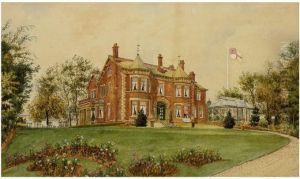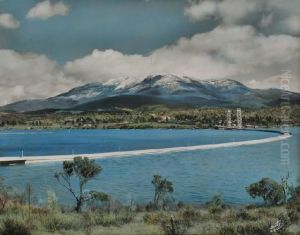Edwin Robert Beattie Paintings
Edwin Robert Beattie was a Canadian artist, born in 1859 in Hamilton, Ontario. He was primarily known for his work as a painter, illustrator, and educator, contributing significantly to Canada's art scene during the late 19th and early 20th centuries. Beattie showcased a remarkable ability to capture the spirit of the Canadian landscape and the lives of its inhabitants, making him a notable figure in the country's artistic heritage.
In his early years, Beattie showed a keen interest in art, prompting him to pursue formal education in the field. He studied in Canada and possibly had further training abroad, which was a common practice among artists of his time seeking to refine their skills. Throughout his career, Beattie was involved in various aspects of the art world, including teaching, which allowed him to pass on his knowledge and passion for art to future generations.
Beattie's work is characterized by a detailed and realistic portrayal of his subjects, which ranged from landscapes and cityscapes to portraits and genre scenes. His landscapes, in particular, are celebrated for their ability to convey the unique beauty and ruggedness of the Canadian terrain. Beattie was adept at using light and color to create mood and atmosphere, drawing viewers into the scenes he depicted.
Throughout his life, Edwin Robert Beattie remained active in the Canadian art community, participating in exhibitions and contributing to the cultural life of Hamilton and beyond. His legacy includes not only his own artworks but also his influence on students and other artists who were inspired by his commitment to capturing the essence of Canada's landscapes and people.
Edwin Robert Beattie passed away in 1925, leaving behind a body of work that continues to be appreciated for its contribution to Canadian art history. His paintings are held in various public and private collections, serving as a testament to his skill and dedication as an artist.

